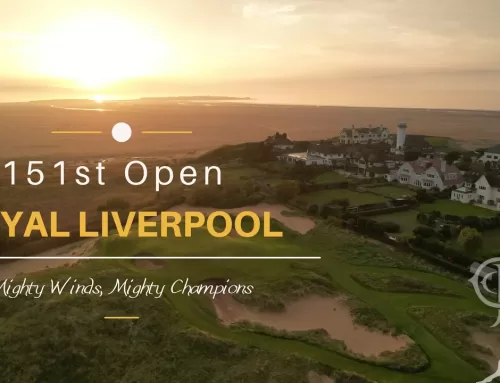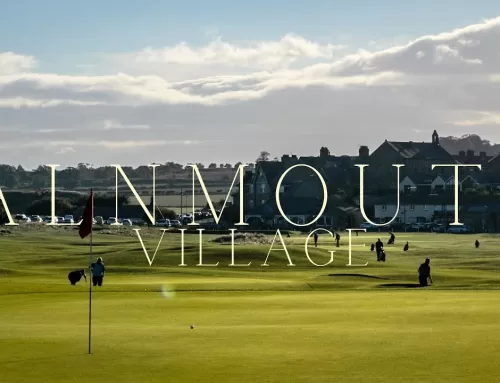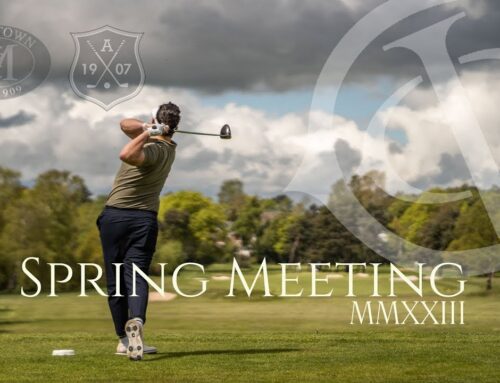St Andrews is a place that is synonymous with the game of golf, and we’ve all heard so many superlatives used to describe The Old Course that it’s perhaps easy to take the history of this links for granted. The earliest reference to golf in this small coastal town in Fife is from 1552, where the charter proclaimed by the Archbishop Hamilton referred to the townspeople’s rights to pasture animals, dig turf and play golf. When the North Sea receded some 10,000 years ago, it had left sandy, undulating linksland which provided the ideal golfing terrain.
The ownership of the links has been complicated. The council sold the land in the late 18th century to help pay off some of its debts, and the new owners, the Dempster family, used the links as a rabbit farm, generating huge uproar amongst the local residents and a twenty year legal dispute known as ‘The Rabbit Wars’. James Cheape bought the land to resolve the dispute and allow locals to play over the links once more, uninterrupted by rabbits. The Society of St Andrews Golfers, granted royal patronage in 1834 and subsequently known as The Royal and Ancient, acted as custodians of the links during this time, maintaining the playing surfaces, paying for a keeper of the green and a caddie master despite the poor local economy. Finally, in 1894, the Town Council acquired the links from the Cheape family and the rights of all golfers were enshrined by law. Then in 1974, the St Andrews Links Trust was established, a body created with the sole objective to govern golf across all of its courses.
St Andrews owes a great deal to several individuals who made this place the epicentre of the sport by the mid-19th century. In 1832, Major General Hugh Lyon Playfair returned from military service in India and invested significantly in the town over the following decades, helping to restore its pre-Reformation grandeur. St Andrews became one of the most attractive residential towns in Victorian Britain, a choice holiday resort thanks to the expansion of the railway line from Leuchars – again, something which Playfair championed and helped facilitate.
Then there were the club makers and professionals. Allan Robertson was regarded as the game’s first professional and the Champion Golfer of his era, the first man to break 80 around the Old Course. Robertson helped grow the game by participating in the entertaining money matches with fellow professionals and amateurs, and he is credited as introducing most of the the famous double greens which are a defining feature of the Old Course. Robertson’s influence was only eclipsed by that of the 18-year-old apprentice he hired, Tom Morris. On returning from Prestwick in 1864 to take up the role of ‘keeper of the green’ at the request of the R&A, Tom carried out a complete revolution of the links – a new 18th green, new 1st green and a completely new front nine, much of this work clearing away large areas of gorse to create new, ‘outward’ fairways closer to West Sands.
It’s fitting that our final film of the Old Tom Trails series focuses on the Old Course, since St Andrews was where Tom grew up and learned the game, and where he took up residence in later life as the statesman of the sport – ‘The Grand Old Man of Golf’. Indeed it was in St Andrews where many apprentices such as C. B. Macdonald would learn from Old Tom, and St Andrews is undoubtedly where Tom’s influence on the global game of golf is most acutely felt.






